The Gray Owl, also known as the Great Gray Owl, is a large owl species that lives in the Northern Hemisphere. They are quite large, and most individuals stand over two feet tall. These Owls are actually the longest owl species in the world, but the eagle owl and fish owl are heavier.
As their name suggests, these birds have gray plumage, with light colored dappling. Read on to learn about the Gray Owl.
Description of the Gray Owl
Gray Owls are large birds with sharp, hooked beaks and sharp talons. They have grey feathers, and their faces are quite round. Unlike some species, like the great horned and screech owls, these birds do not have ear tufts.
This species ranges in size from 24 to 34 in. long, and their wingspan is a whopping 5 ft. across. However, though they are large, they are not particularly heavy for their size, and usually max out at 3.75 lbs.
Interesting Facts About the Gray Owl
Great Grays are imposing birds to say the least. They are quite large, but they also have a number of interesting traits and behaviors that make them unique.
- Facial Disk – These birds take round faces a step further. In fact, not only are their faces round, but they also have a unique facial disk. The flat feathers in the face help collect sound and amplify this species’ hearing.
- Lopsided Hearing – The facial disk isn’t the only adaptation for honing in on your prey via sound. Like barn owls, Grays have asymmetrical, or lopsided, ears. One ear hole is slightly higher than the other. This asymmetry actually helps the owls pinpoint exactly where a sound is coming from.
- Powerful Predator – Sometimes finding your prey isn’t good enough, especially when several feet of snow covers your quarry. Even though Gray Owls aren’t very heavy, they are extremely powerful. These birds can break through incredibly hard-crusted snow to reach small mice and rats beneath.
- Precise Pounce – Not only can these owls break through hard-packed snow, but they can plunge deep into snowbanks as well. These birds can catch a mouse or vole travelling through tunnels two feet beneath the surface of the snow!
Habitat of the Gray Owl
This species has somewhat specific habitat preferences. They live primarily in dense forests, usually with pine or fir trees. Some owls also live in mixed or oak forests. Grays also hunt along the edges of Arctic tundra, meadows, bogs, and marsh, but always in close proximity to woodlands. Much of their habitat is in higher elevations or mountainous regions.
Distribution of the Gray Owl
These birds live throughout much of the Northern Hemisphere. In North America, they range from the northern United States into Canada and up to Alaska. They also live in northeast Europe, and throughout Russia and northern China and Mongolia. Their populations are somewhat fragmented based on available habitat. Different populations live in different regions within their overall range.
Diet of the Gray Owl
Like all owls, Grays are carnivores, and primarily feed on small animals. They hunt a wide variety of foods, but most of their diet comes from small rodents. Some of their most common prey items include mice, voles, rats, gophers, lemmings, and chipmunks.
They occasionally hunt rabbits, quail, ducks, weasels, and even small species of hawks. This species hunts by perching next to an open area, and listening carefully for any movement before swooping down on their prey.
Gray Owl and Human Interaction
Human activity threatens this species in some areas. Habitat destruction is the most pressing danger to this bird, as they live only in densely wooded areas. Pollution, rodent poisons, climate change, and more also impact them.
As a whole, their global population numbers are stable, though regional populations vary in number. The IUCN lists this species as Least Concern.
Domestication
Humans have not domesticated Gray Owls in any way.
Does the Gray Owl Make a Good Pet
No, Gray Owls do not make good pets. They are incredibly large birds, and eat lots of rodents. What goes in, must come out, both ends! Not only do owls poop a lot, but they also spit up pellets of rodent fur and bones that they cannot digest. Additionally, it is also illegal in most places to own any owl species as a pet.
Gray Owl Care
In zoos, Gray Owls live in large enclosures with plenty of space for them to explore. They also get many opportunities to fly and stretch their wings both in and out of their enclosure.
Zookeepers train many owl species to stand on a glove for educational presentations. Some owls even learn to fly from a glove to a perch, or from person to person, for these presentations. In exchange for this extra exercise, the owls get yummy morsels of mouse, rat, and more.
Behavior of the Gray Owl
It is very unlikely that you will ever see a Gray Owl in the wild. Not only do they live deep within woodlands and forests, but they are also very shy birds. Pairs of owls are most active at night.
They spend their time hunting, and males bring females food as the breeding season approaches. If she accepts the male, the pair defends a territory and finds a suitable nest.
Reproduction of the Gray Owl
Most Grays use abandoned nests rather than building their own. The female lays an average of two eggs per clutch, and incubates them for about a month. While she is incubating the eggs, the male brings her food.
Once the chicks hatch, both parents hunt and bring them food. It takes about a month for the chicks to begin learning how to fly. It takes another week or two before the chicks can fly efficiently.

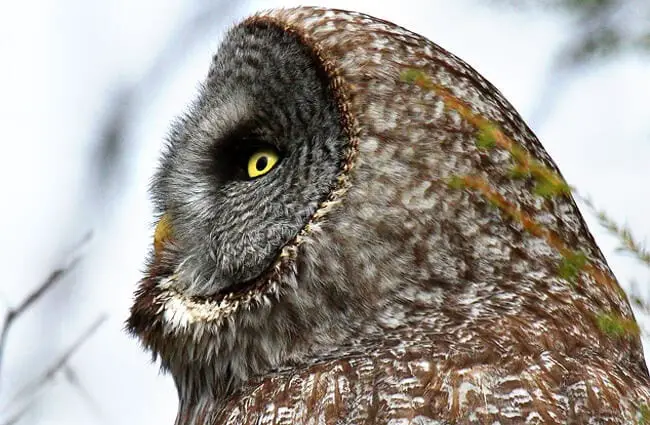
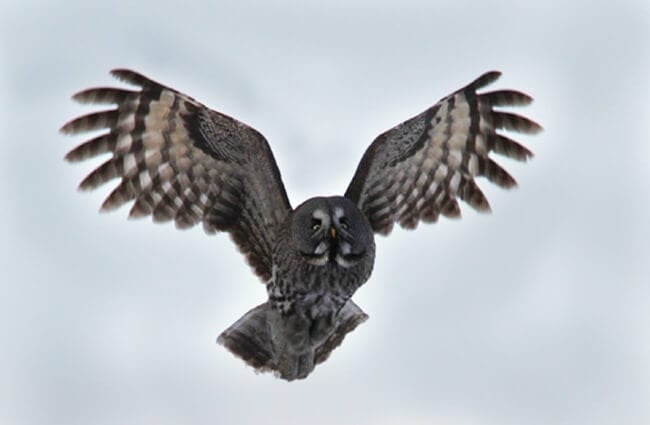
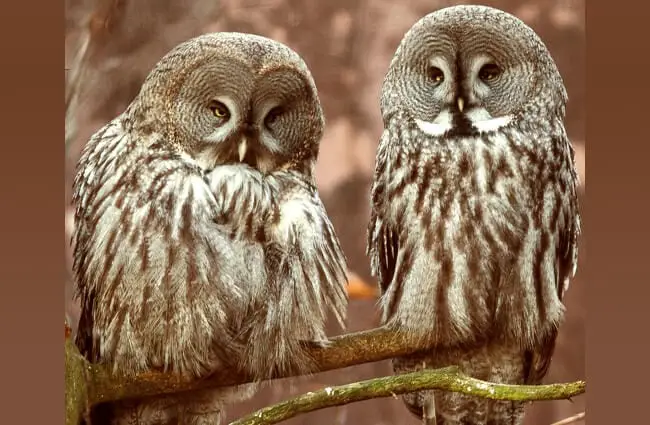
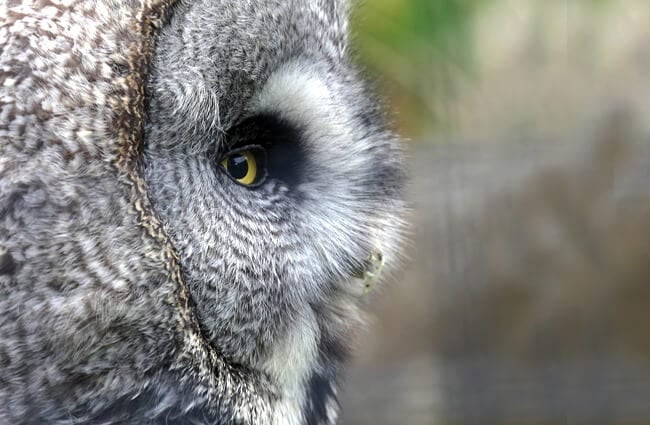
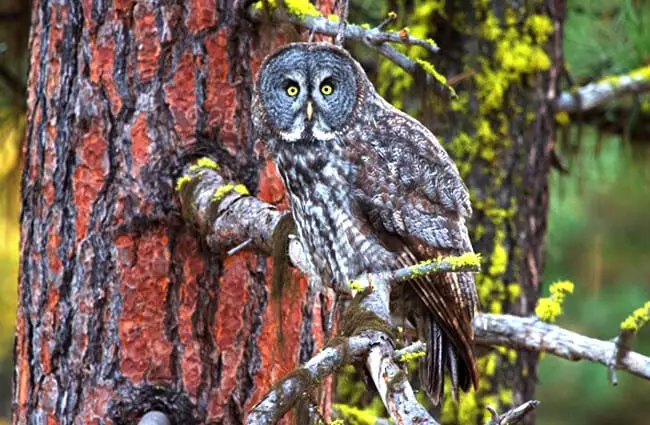
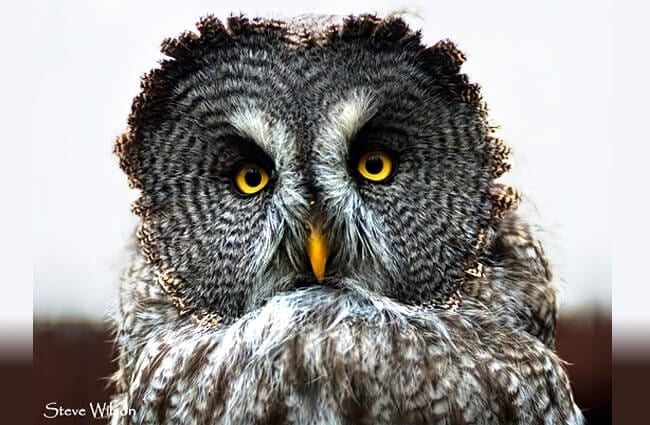

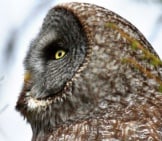
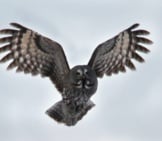
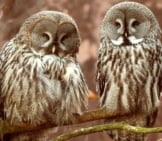
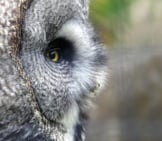
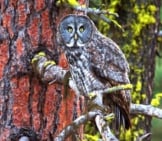
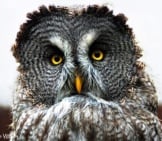

![Red Angus Closeup of a beautiful Red Angus cowPhoto by: U.S. Department of Agriculture [pubic domain]https://creativecommons.org/licenses/by/2.0/](https://animals.net/wp-content/uploads/2020/03/Red-Angus-4-238x178.jpg)


![Red Angus Closeup of a beautiful Red Angus cowPhoto by: U.S. Department of Agriculture [pubic domain]https://creativecommons.org/licenses/by/2.0/](https://animals.net/wp-content/uploads/2020/03/Red-Angus-4-100x75.jpg)

